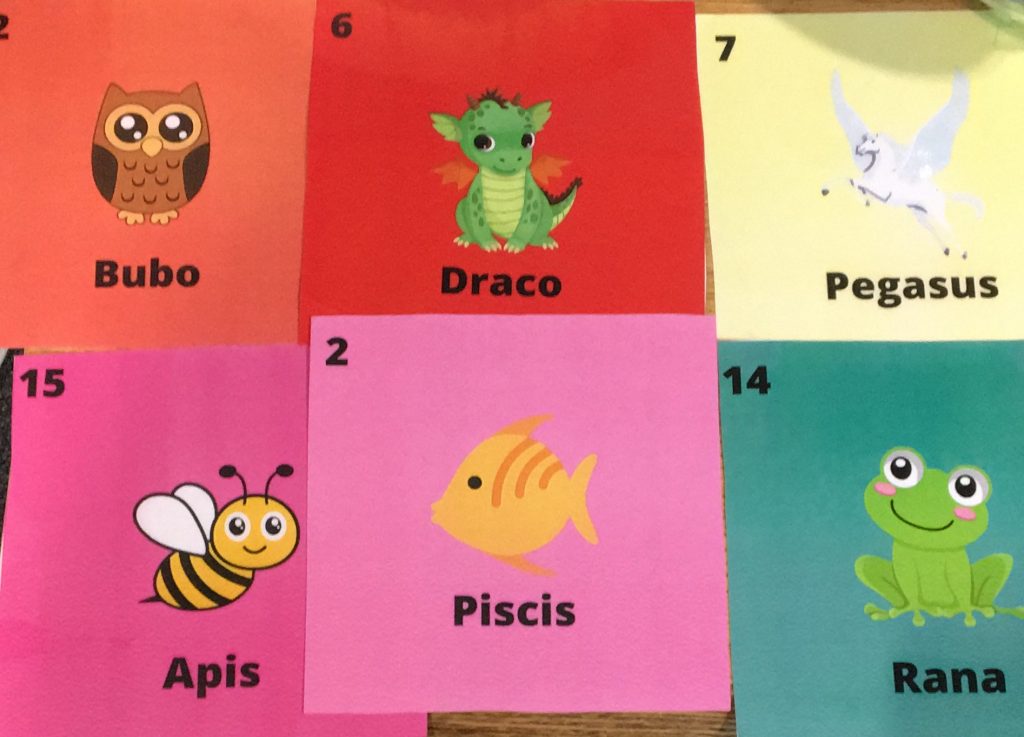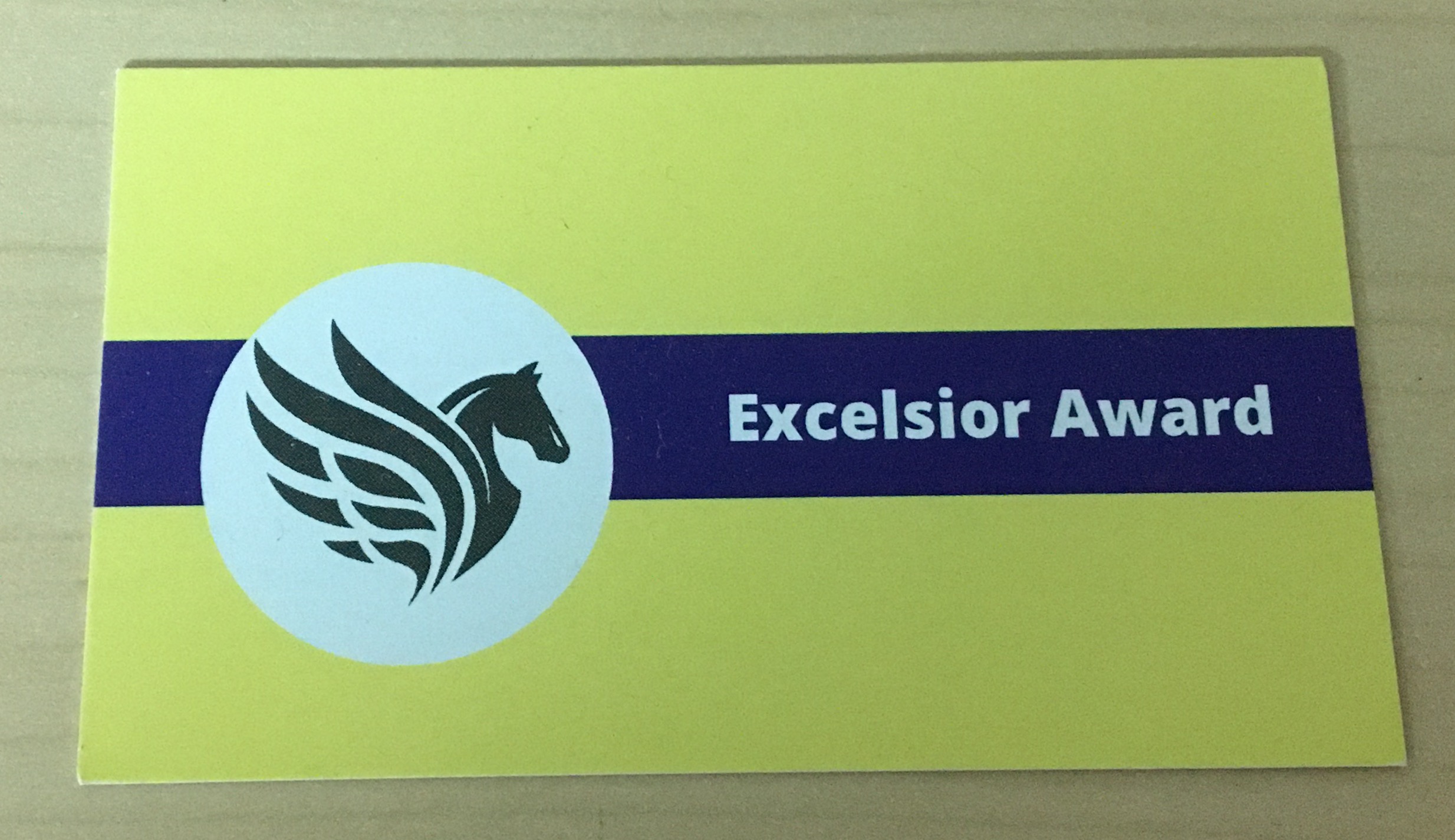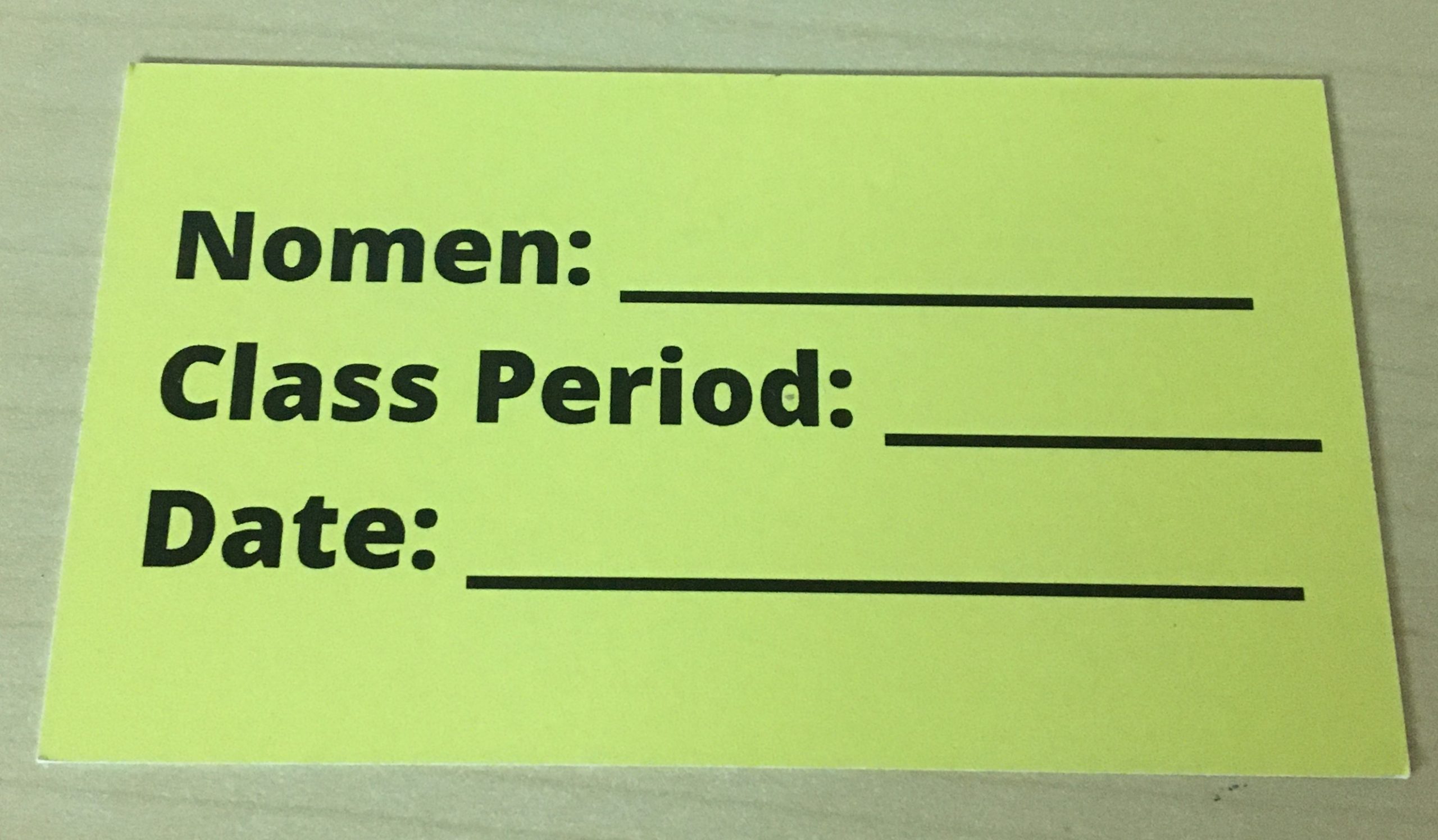After a recent webinar I gave for the American Classical League (ACL), I realized that I had not written a blog post about my class names and the contests that go along with them. These sorts of activities and strategies are perfect for students who rely on visuals and repeated routines.
Animal Cards and Seating
Before the beginning of this year, I thought long and hard about how I wanted to start building community. I’ve tried many things throughout the years, but nothing has really stuck until this year. I did a lot of reading on Martina Bex’s blog The Comprehensible Classroom and decided to start the year by giving my students “animal cards” to find their assigned seats (pictures found on Canva). This helped me get to know them as we did some PQA with the animals they were assigned daily, but it also helped me understand classroom dynamics and how to assign appropriate seats.

Community Agreements
We also created a community agreement in every class, which is an idea courtesy of La Maestra Loca (aka Annabelle Williamson). This took us a couple of days to create, but it was worth it! We ended up with five solid agreements to hold us accountable during our time together. Reviewing the community agreements every day helps students regulate themselves by staying in the moment; ultimately, we are all in this place for a unified purpose — to acquire language.
Class Contests & Individual Recognition
After we created our agreements, I put all the animal names into the “Wheel of Names” website (totally free!), and that’s how we picked our class names. It was a fun process and students were really into it! From there, I bought four cookie jars (1 for each 7 & 8th grade class that I teach) and labeled them with their class names. At the end of each class period, I ask students to show me a hand out of 5 (the # of community agreements we have) about how well the class did overall and for the most part everyone is really honest and can dialogue with me about what went well and what can improve for the next class. Then, I have my “praetor” put that number of bingo chips into their class’s cookie jar. Ultimately, the two 8th grade classes are in competition with each other and the two 7th grade classes are in competition. At the end of a quarter, we figure out which class has the most and that class will receive some sort of small, non-food related reward.
EVERY student will be highlighted at least once
Now the twist! At the end of every class period, I also give out one “Excelsior Award.” This goes to a student who was engaged, participated, did great during group work, etc. At the end of two weeks, I do a drawing for both 7th grade classes and both 8th grade classes. If their name is drawn, they get to choose one of three options: 1) add two bingo chips to their class jar, 2) subtract two from the other class, or 3) take an individual prize from themselves. So far, no student has taken an individual prize. If you teach a middle school class, you would probably be unsurprised to hear that option 2 is the most popular.


It’s not a perfect system as there are some wrinkles to iron out, but this is the first year where I have at least 90% buy in from my students in maintaining and reflecting upon our community agreement. And it’s FUN! I love recognizing students as much as possible — not just for winning Blooket and Gimkit games but for putting in good, solid work during class. EVERY student will be highlighted at least once, and that’s really important to me and the community I’m trying to cultivate.
Tell us about the different ways you build community with your students! Share your thoughts to widernetlang@gmail.com.

